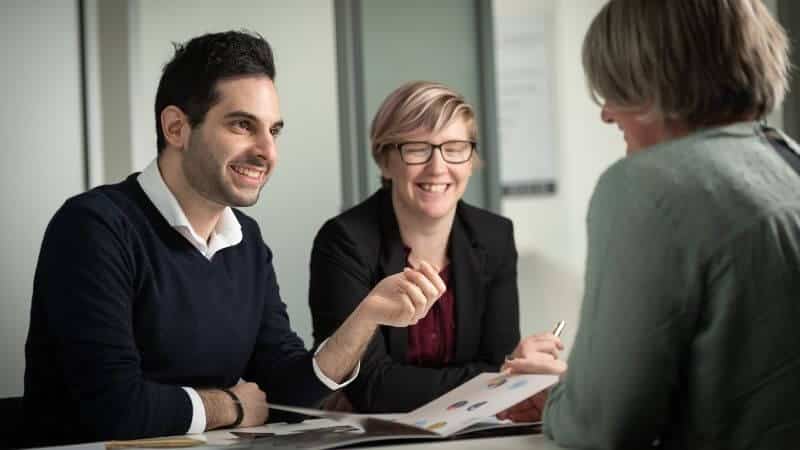Do you have way too many business meetings at work that either run for too long or lack focus? Minimising costs and increasing your team’s efficiency is essential in running a business, therefore pulling them out for draggy meetings may not be the best course of action.
Check out these seven tips to make your meetings more efficient and cost-effective.
Define your goal
Every meeting should have a clear and defined objective, and a reason the meeting is required. Your goal should be focused — see if you can outline its purpose in five words or less. A study by Forbes showed that a simple, brief statement summarising a meeting’s objective can cut the length of meetings by 17 minutes.
Draft an agenda
Drafting an agenda for your meeting can keep everyone on track. If at any point the meeting goes off course, you can always have a look at your agenda and dive back in. Disseminating the agenda of the meeting in advance along with supporting documents can assist your attendees in knowing what they’re there for.
Invite the right people
The cost of including staff in meetings for which they have no stake in the outcome is costly. This infographic suggests that 66% of ANZ staff find meetings to have little to no value to what they’re doing.
Start on time
Start your meetings at the appointed time if your key persons are already present. Those who have arrived earlier will start to feel restless if the waiting drags on for some time. Schedule your meetings for Tuesday mid-afternoons rather than the start of the day on Mondays to let people get back into a work mindset after the weekend and to give them time to prepare for the upcoming meeting.
Keep it short
An ideal business meeting length should be somewhere between 15 to 18 minutes. Longer meetings tend to make attention spans wane and productivity drops. Stick to your agenda and invite a timekeeper to keep everyone focused. Your timekeeper can give you a signal when the discussion is running too long, or you’re nearly out of time. Make sure that you’ve discussed your primary points and agenda before that timer rings.
Limit devices
It is essential that your attendees stay focused on the meeting and what you’re discussing. Have your attendees to turn their devices off, or to leave them at their areas unless absolutely necessary. Mobile devices can serve as a distraction for everyone attending the meeting. Have them bring notebooks and pens instead. Research shows that conceptual recall improves when we handwrite notes rather than type them. If a record of your meeting discussion is needed, appoint someone to take minutes.
Facilitate the discussion
Encourage your team to join the discussion by facilitating the meeting. Make sure there is room for your team to pitch their ideas and contribute to the meeting. A meeting is most productive when your team is encouraged to join in and jump into the discussion.
Keep your meetings brief and concise. Also keep in mind that whenever your staff is pulled away for meetings, they will need time to re-adjust and get back into the work they’ve been doing during the day, so ensure that only key persons are invited to meetings to keep their staff as efficient and productive as possible.
If you need help in making sure you follow these points in setting up a meeting, get in touch with our team at Carbon Concierge to help out and ensure that both you, and your team are maximising your efficiency and productivity.





















